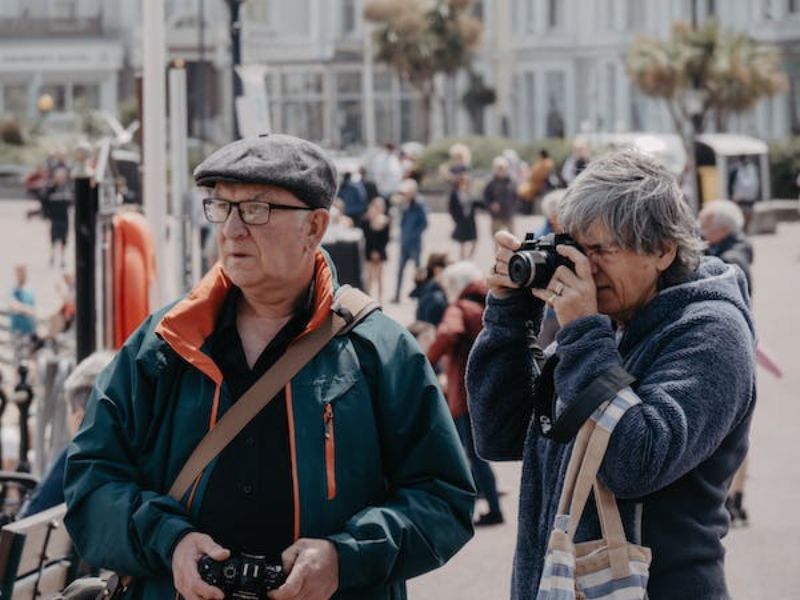In today’s fast-paced world, travel is often synonymous with speed and efficiency. We want to see and do as much as possible in the shortest amount of time. But in a rush to check off tourist attractions and pack our itineraries, we can miss out on the true essence of travel: experiencing new cultures and places meaningfully. That’s where “slow travel” comes in.
Slow travel is a mindset and a way of exploring the world that emphasizes quality over quantity, taking the time to appreciate and immerse oneself in the local culture. It’s about being present at the moment, savoring the experience, and creating a deeper connection with the destination.

Image Credit: Pexels/Tamilles Esposito
Unlike traditional travel, which is often focused on ticking off a list of famous sights and activities, slow travel encourages a more relaxed pace. It involves staying in one place for an extended period, allowing travelers to get to know a business and its people. It can mean renting an apartment in a local neighborhood instead of a hotel in a tourist area, eating at local restaurants instead of chain franchises, and taking public transportation instead of taxis.
By slowing down and experiencing a destination this way, travelers can gain a deeper understanding of the local culture and way of life. They can also reduce their environmental impact, as they are not rushing from place to place and contributing to over-tourism.

Image Credit: Pexels/Lisa Fotios
But perhaps the most significant benefit of slow travel is how it can help travelers disconnect from their busy lives and find peace and relaxation. By eliminating the stress of rushing to see everything, travelers can focus on being present at the moment and enjoying life’s simple pleasures.
So, the next time you plan a vacation, consider the benefits of slow travel. Take the time to get to know a place and its people, and you might find that it’s the key to a more fulfilling and meaningful travel experience.